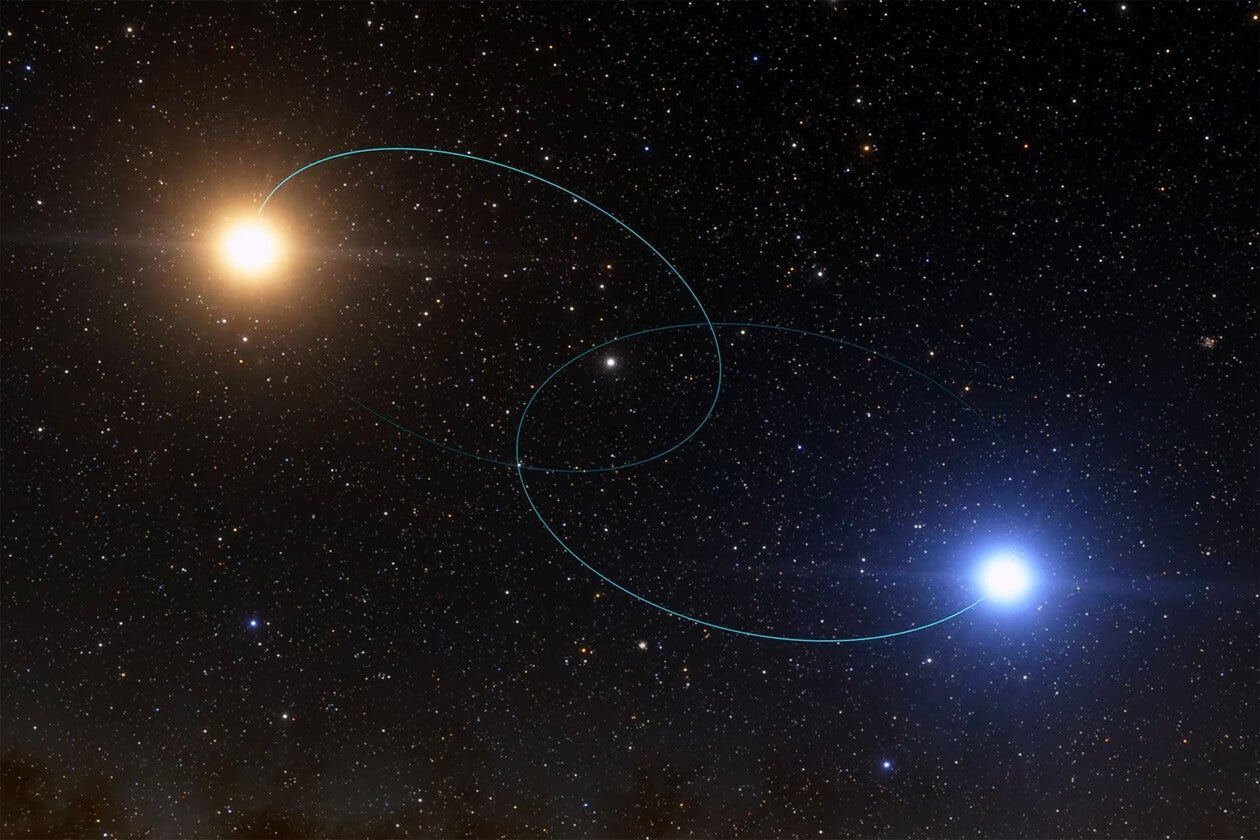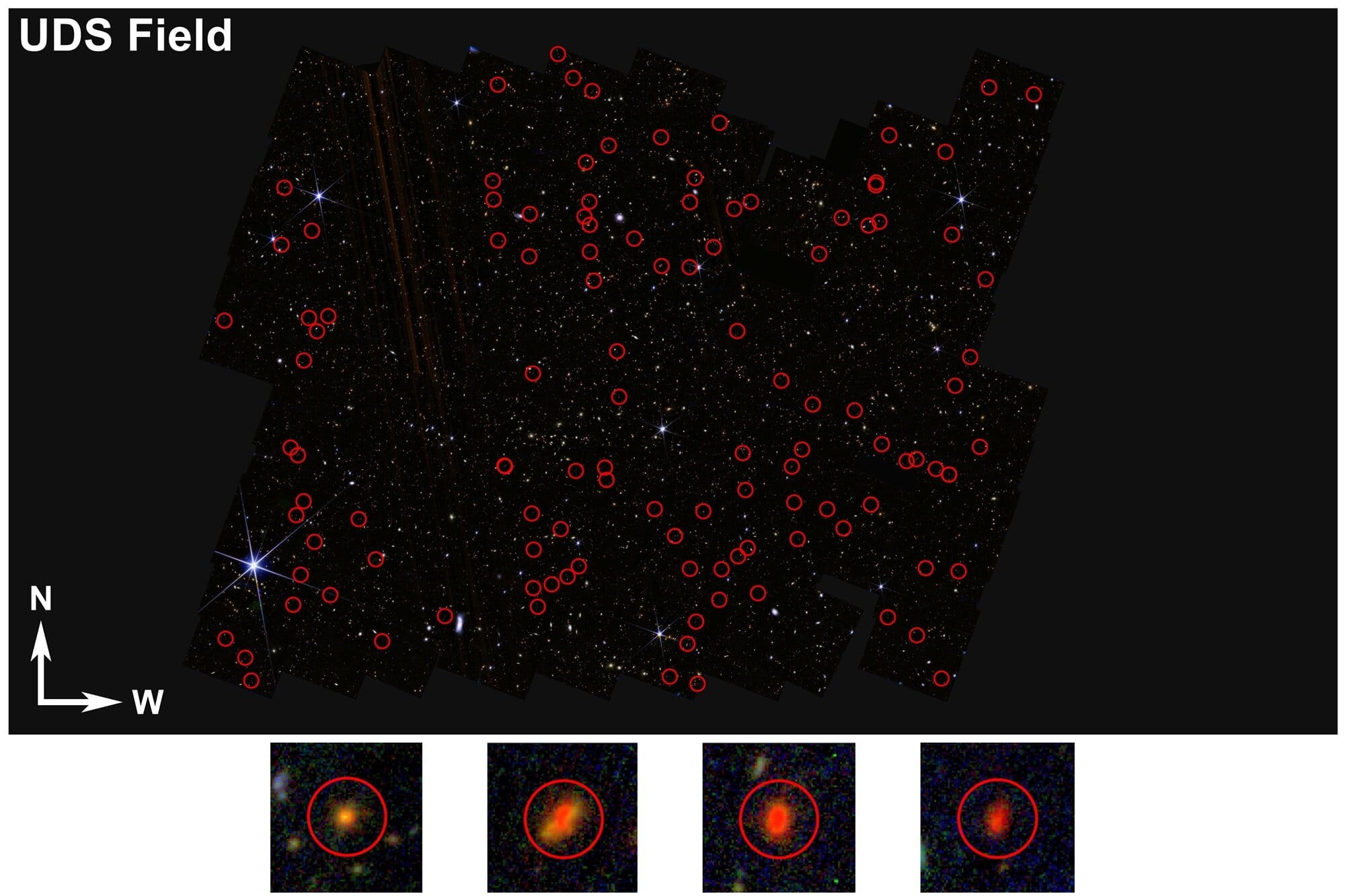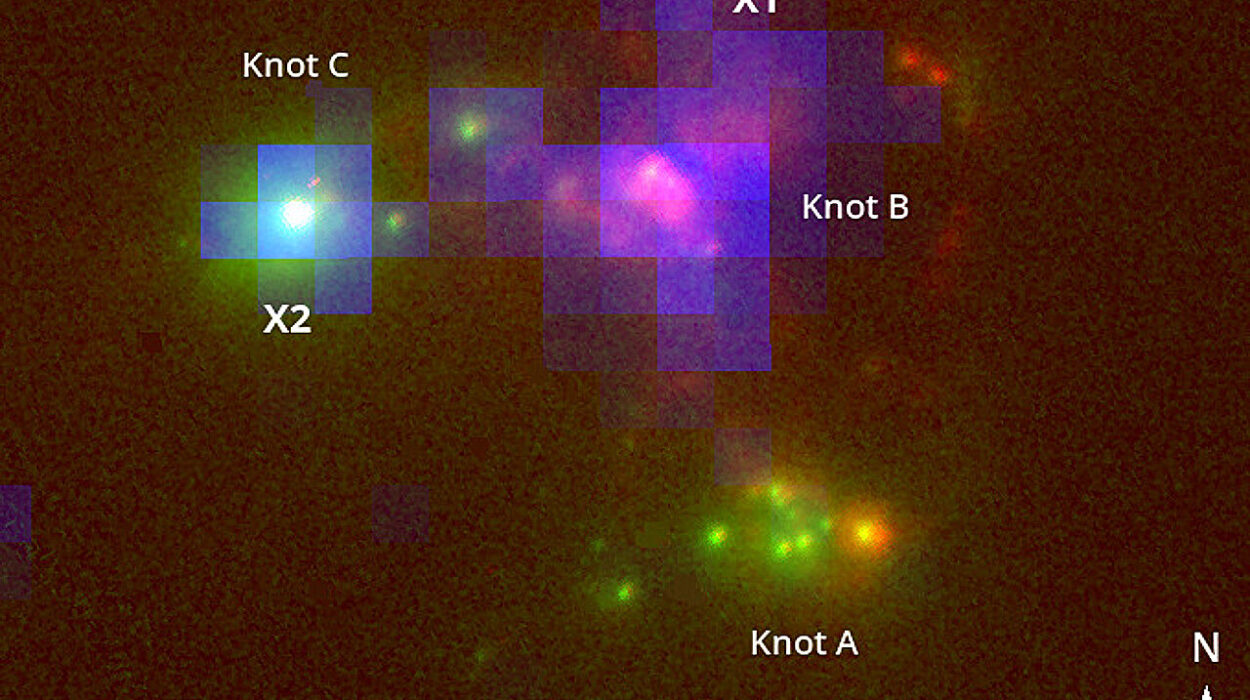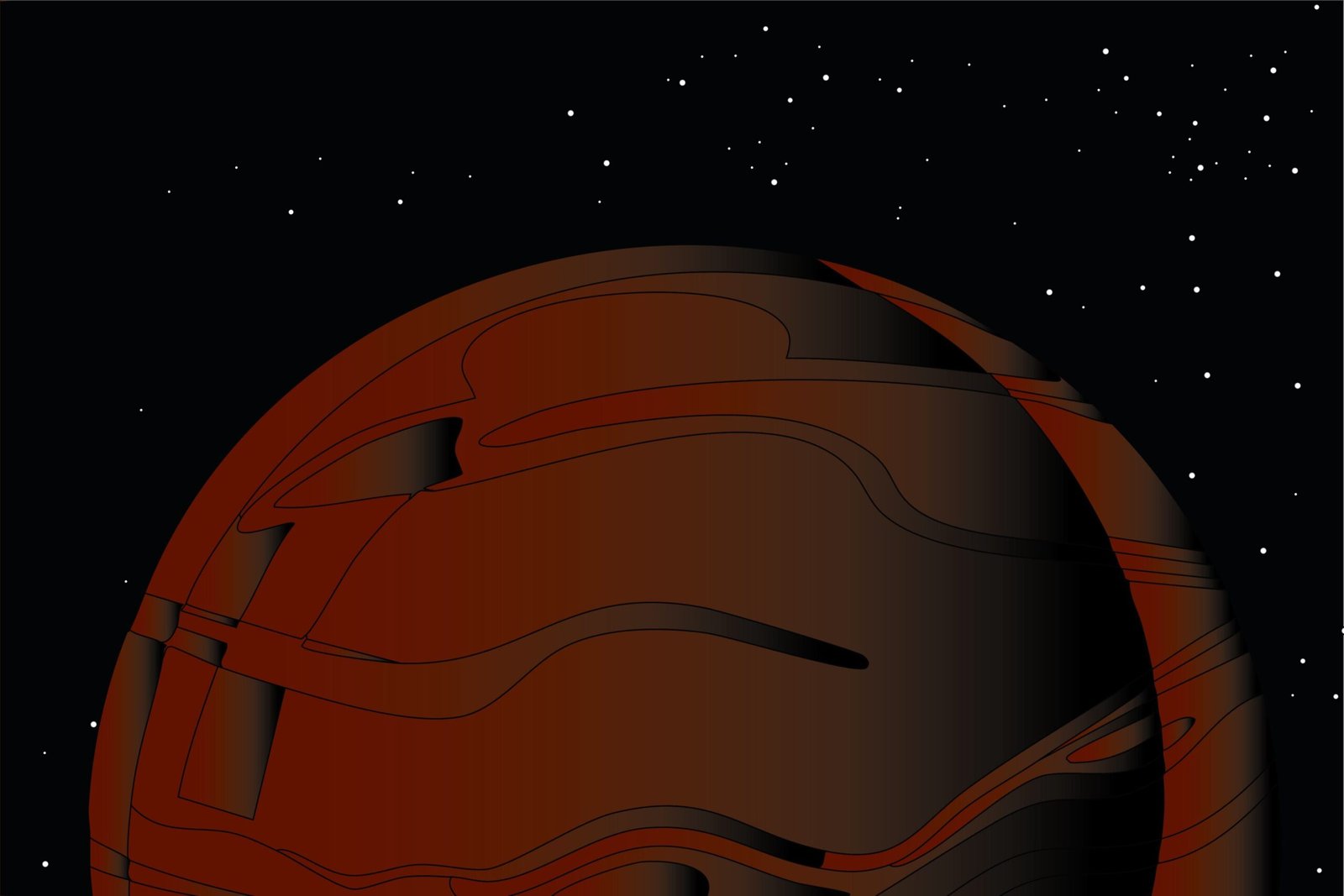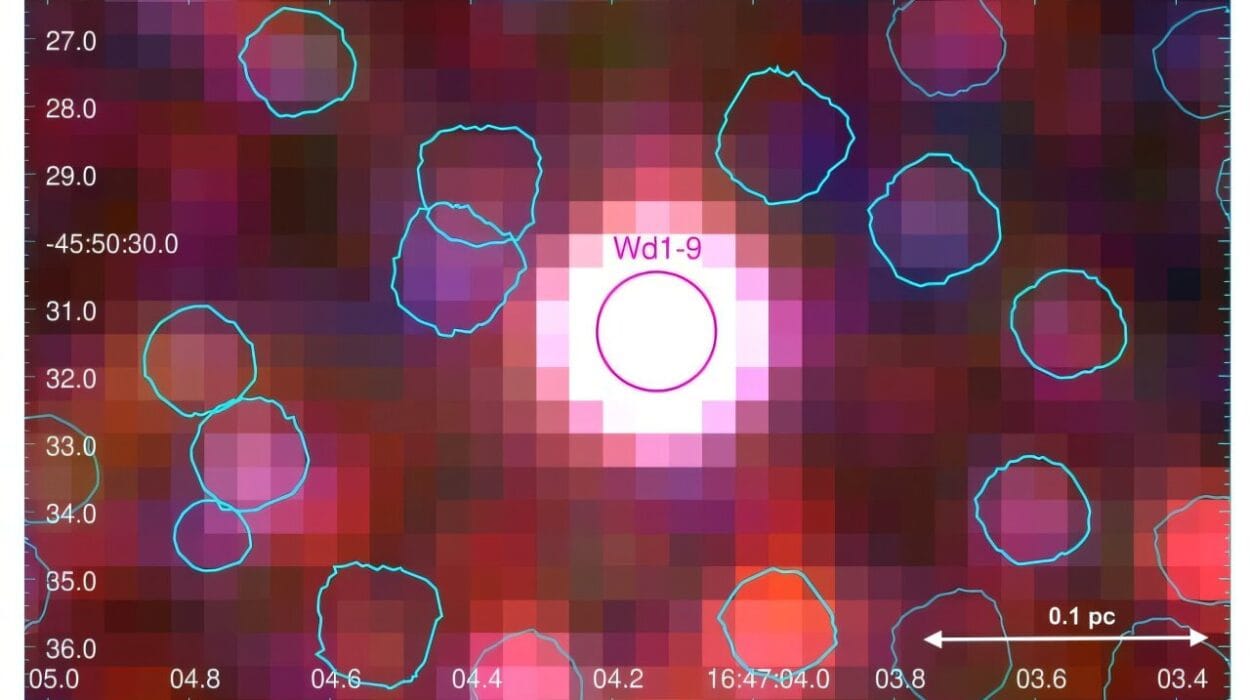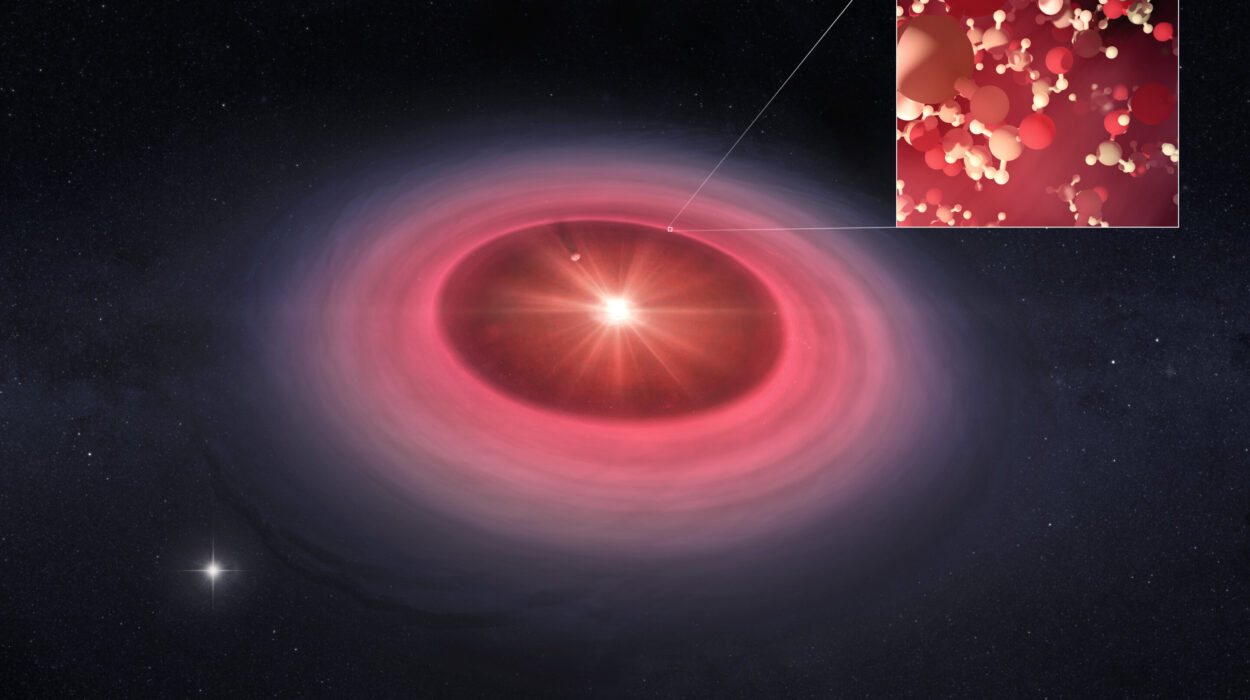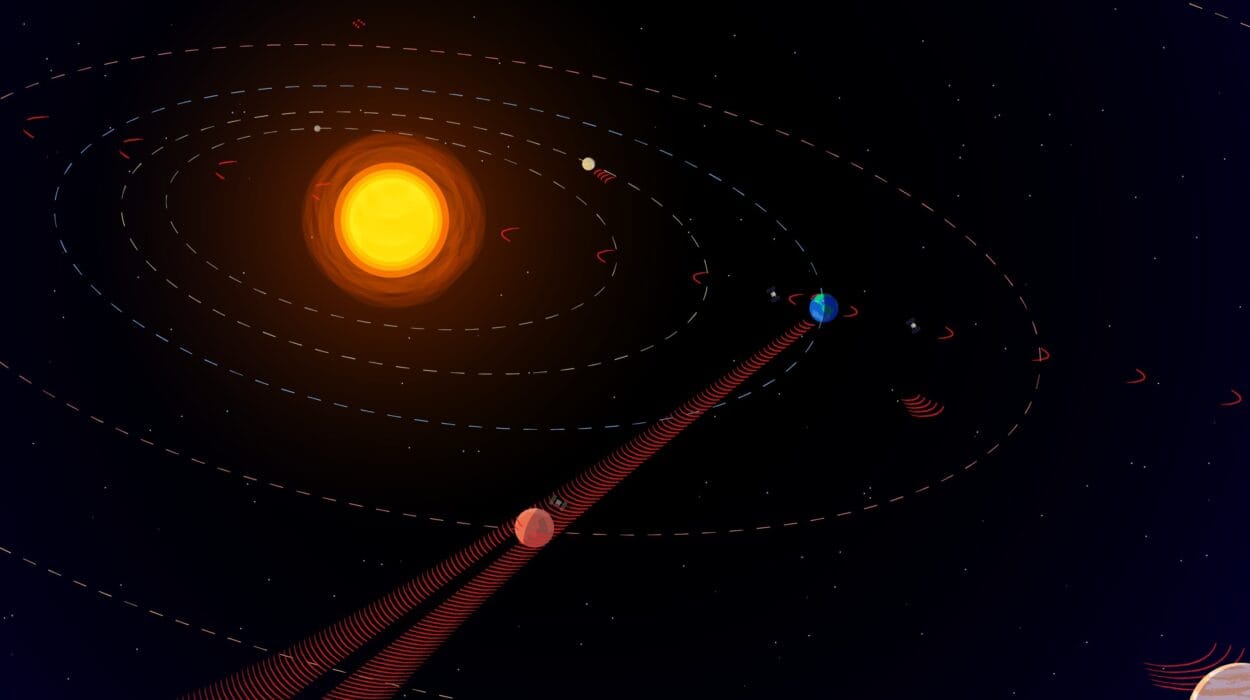In the vast theater of the universe, where every star and planet performs its own mysterious dance, finding a fair comparison—an “apples-to-apples” match—is incredibly rare. Astronomers often struggle to locate two systems that are close enough in age, composition, and configuration to yield reliable insights into how planets form and evolve. Dwarf galaxies vary wildly, supermassive black holes are enigmas unto themselves, and hot Jupiters can appear like cosmic oddities rather than standard benchmarks.
But a new study from Yale University is changing the game.
Researchers have uncovered a promising method to pinpoint what they call “twin” planetary systems—binary star systems that are not only born together but also aligned in a way that makes them easier to study in unison. These side-by-side systems could become critical laboratories for understanding the very nature of planetary formation and for discovering new worlds.
A Breakthrough in Cosmic Comparisons
The lead author of this study, Malena Rice, an assistant professor of astronomy at Yale, is no stranger to searching for cosmic patterns. She and her team, including undergraduate Joseph Hand and Ph.D. candidate Konstantin Gerbig, published their findings in The Astrophysical Journal Letters. What they’ve discovered is as elegant as it is powerful: binary star systems, when viewed in a specific orientation—”edge-on” to Earth—are not only easier to observe but are also uniquely suited for comparative analysis.
Just as identical twins on Earth offer geneticists a rare look into the roles of nature and nurture, these “twin” systems in space offer astronomers a window into the mechanics of planet formation.
And the best part? These cosmic twins may be hiding right in plain sight.
The Geometry of Discovery
Binary star systems consist of two stars orbiting a common center of mass. In some cases, the stars and their accompanying planetary systems are so perfectly aligned that, from our perspective on Earth, we view them edge-on. This orientation is astronomically significant for two major reasons.
First, when viewed edge-on, the motion of the stars causes a Doppler shift—a “wobble” in the light they emit that can be measured with greater precision. This wobble helps scientists identify the gravitational influence of orbiting planets. The more aligned the system, the clearer the signal.
Second, in such aligned systems, any planets that transit their host star (i.e., pass in front of it from our viewpoint) are easier to detect. It’s like having a flashlight beam pointed straight at you—the light variations are obvious and interpretable.
This orientation doesn’t just increase our ability to detect planets; it amplifies our understanding of the systems themselves.
From Chance to Choice: Targeting Twin Systems
Rice and her team combed through data from the European Space Agency’s Gaia DR3 catalog—an astrometry treasure trove of more than a billion stars, each with precisely recorded positions, motions, and properties. Using this data, they identified nearly 600 binary star systems that meet the crucial “edge-on” criteria.
What makes this list so exciting is that it isn’t just a catalog of interesting systems—it’s a predictive map. Each of these twin stars has the potential to host planets, and many likely do. The Yale researchers went a step further by modeling what kinds of planets might be orbiting these stars and simulating how those planets would appear in observational data.
The result? A strategic shortlist of cosmic destinations for the next wave of exoplanet discovery missions.
Nature vs. Nurture on a Galactic Scale
One of the great mysteries of planetary science is the question of determinism. Are planetary systems the inevitable byproducts of their stellar birth environments, or is there a great deal of randomness involved? If two stars are born together from the same molecular cloud, under the same conditions, do they develop similar planetary systems?
Until now, answering this question has been difficult because most planets discovered so far orbit single stars, or if they do orbit binary stars, the systems are not aligned in a way that allows for easy study.
By studying twin systems—two stars with potentially similar planets—astronomers can finally begin to explore this question with the kind of control and comparison that science demands. The implications go far beyond cataloging new exoplanets; they strike at the heart of how orderly or chaotic the universe really is.
“This could be an unprecedented avenue for examining how deterministic, or orderly, the process of planet formation is,” Rice said.
If both stars in a twin system host similar planets, that would suggest a strong deterministic component to planetary development. But if the systems differ widely, it could indicate that chaos and chance play a much larger role.
Implications for Habitability and Life
Edge-on binary systems aren’t just fascinating because they’re easy to observe. They may also be surprisingly good hosts for life. In earlier research, Rice noted that in some of these aligned systems, the companion star acts as a stabilizer—helping to prevent wild orbital oscillations or dramatic climate variations that could otherwise jeopardize planetary habitability.
This gravitational stability could mean that such systems are not only rich in planets but rich in Earth-like worlds that have enjoyed long periods of climatic calm—potentially long enough for life to develop.
And since these twin systems provide two stars to study under nearly identical conditions, astronomers have a rare opportunity to test their hypotheses about life-hosting conditions in a scientifically rigorous way.
A New Era for Planet Hunting
We are standing at the edge of a new frontier in exoplanet science. The ability to predict where in the sky we’re most likely to find planets—especially planets in comparable systems—opens up a new era of efficient and insightful planet hunting.
Rice’s study doesn’t just offer a theoretical framework; it offers a real-world road map. With nearly 600 prime candidates identified, the scientific community now has a curated list of targets for the James Webb Space Telescope (JWST), the Nancy Grace Roman Space Telescope, and other next-generation instruments.
Moreover, as AI-driven observational planning becomes more prevalent, integrating this list of edge-on twins into machine learning algorithms could significantly accelerate the discovery and categorization of new worlds.
Undergraduate Stardust: A Student’s Contribution
One of the most remarkable aspects of this research is the prominent role played by Joseph Hand, a University of Kansas undergraduate and Dorrit Hoffleit Scholar at Yale. It’s a shining example of how young minds are contributing meaningfully to some of the most advanced frontiers of astronomy.
Named after the pioneering Yale astronomer Dorrit Hoffleit, the scholarship supports undergraduates in conducting high-level research. In this case, it helped bring forward a breakthrough that could reshape how we understand the cosmos.
Conclusion: The Universe Reflects Itself
In many ways, the discovery of cosmic twins mirrors our human desire to understand ourselves by comparison. Just as twin studies on Earth reveal insights into biology, behavior, and environment, these celestial twins open a window into the origins of planets, and possibly, the conditions for life.
What makes Rice’s research so powerful is its blend of observation, simulation, and theory—all aligned like the stars themselves. It’s not just about identifying places in the sky where planets may be hiding. It’s about finally having the tools to ask the right questions and to answer them with precision.
The next time you look up at the night sky, remember: some of those stars might not be alone. They might be spinning in perfect unison with a twin, hiding not one planetary system, but two—and offering us a rare chance to see how the universe repeats, reflects, and reveals itself.
Reference: Joseph E. Hand et al, The Case for Edge-on Binaries: An Avenue Toward Comparative Exoplanet Demographics, The Astrophysical Journal Letters (2025). DOI: 10.3847/2041-8213/adce04
